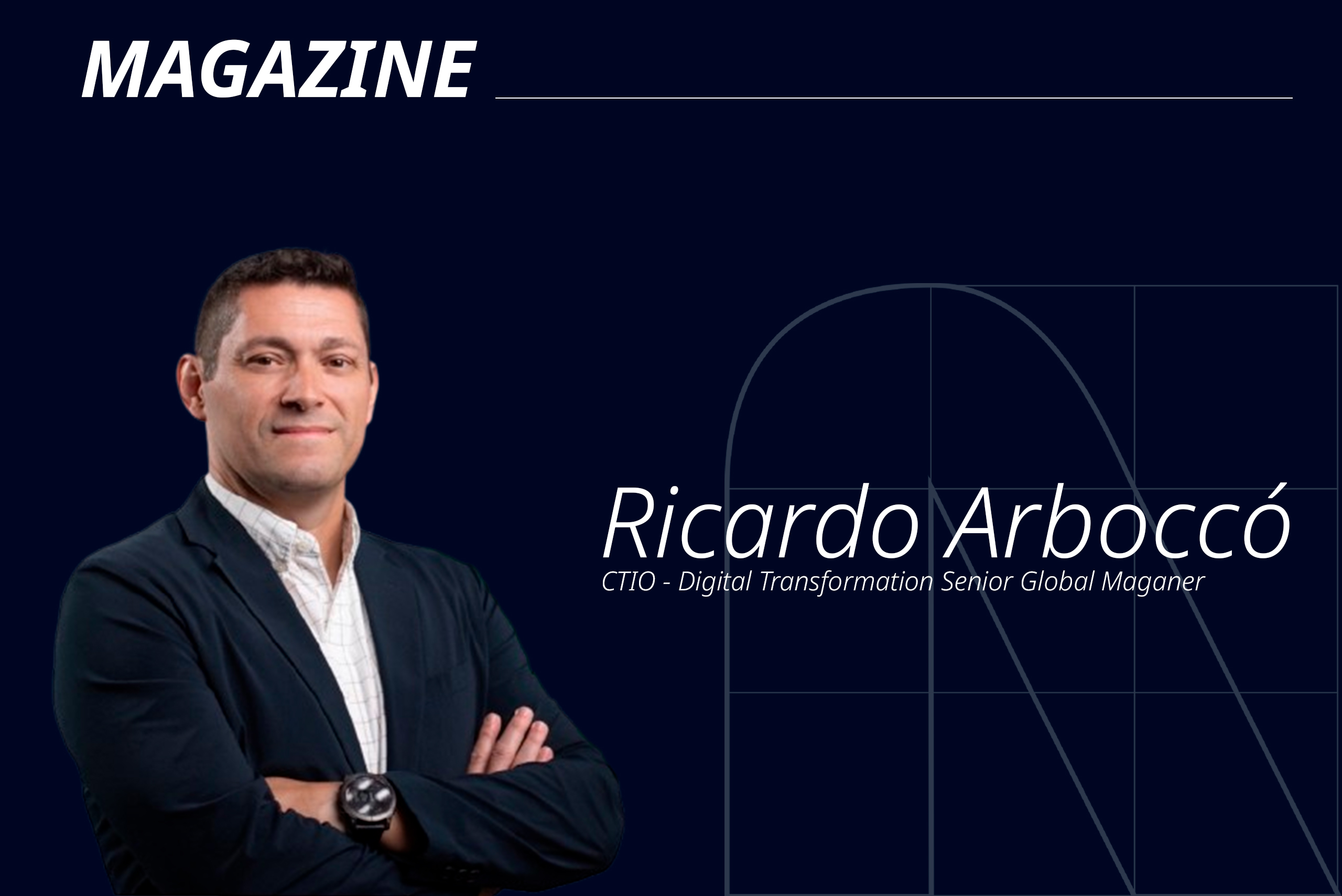
The digital transformation of traditional businesses has been a priority in recent years and has been challenged and even more relevant in recent times, because of the hyper-digitization necessary to sustain business due to the pandemic we are still experiencing.
Digital transformation leaders have been invaded by an unprecedented demand for digitalization initiatives. This has involved different strategies for prioritizing and satisfying needs in a short period of time.
It has undoubtedly put in value the structures and models of digital transformation adopted by each company.
All initiatives share at least one of the following drivers of digital transformation:
- Increased customer experience
- Internal efficiency
- Increased digital conversion and digital onboarding of new customers.

Therefore, we have seen how many companies have been convinced of the relevance of digital transformation for the survival of their business.
For traditional companies, we have seen a dilemma for the survival of their business.
Taking care of the market share of established companies among their traditional competitors and protecting their market from new entrants (mostly born-digital) has put digitalization initiatives on top priority.
We often see the user-centric digital product design model increasingly adopted, at least in intent.
The user-centered digital product design model is nothing more than putting users’ needs for a digital product first.
While simple to say, executing it is very complex and requires a lot of discipline. To do this, Customer/User Experience experts use multiple tools to obtain insigth from users to define which are the main needs to prioritize in each of the strategic lines of the company.
The change of mindset is very important, and I give a brief example. Lately we have seen an explosive increase in Digital Wallet solutions, mobile payments, QR payments.
It seems simple to imagine that a Digital Wallets product requires a payment method enrollment functionality (like a credit card) and as that functionality those who think and design the product can define hundreds of other functionalities.
Now, the above reasoning is product-based and not user-centric.
Expanding the mindset and applying user-centered design we can imagine that the user wants is:
- Looking for something you need to buy
- The user will need to pay as quickly as possible.
- They will want to pay as securely and reliably as possible.
With this mentality it is possible to detect needs that is not simply to enroll a means of payment. And thus, focus on what the user really needs to satisfy to build memorable digital products.
We have seen how the production of new features of digital products has increased exponentially. And at the same time, we have seen how many of these features are not well received by users because they have been designed with a mindset focused on the product and not on the user. 
The increased budget invested in many new digital functionalities that do not fulfill the promise of improving any of the three digital drivers indicated at the beginning (Increased Experience, Efficiency, or Increased Conversion) is very high and the return on investment is often not achieved.
In my opinion, not achieving the expected ROI of many of the new digital functionalities is due to not thinking, designing, and prioritizing the product focused on the user.
But even more relevant is the overcoming of digital transformation leaders by the beastly functional competition between companies.
That is, the prioritization of digital functionalities is not by product-centric prioritization, nor user-centric prioritization, but the prioritization of new digital functionalities is simply to match the new digital functionality that the competition has launched in the market.
The competition between short-term objectives of cost reduction and market share growth and the incorporation of digital functionality just to match the competition overshadows the real needs of digital users and customers.
Digital transformation leaders must advocate for positioning or repositioning the user-centric product design mindset in their teams.
To provide an optimal experience in digital transformation, we invite you to learn about virtual assistants.












